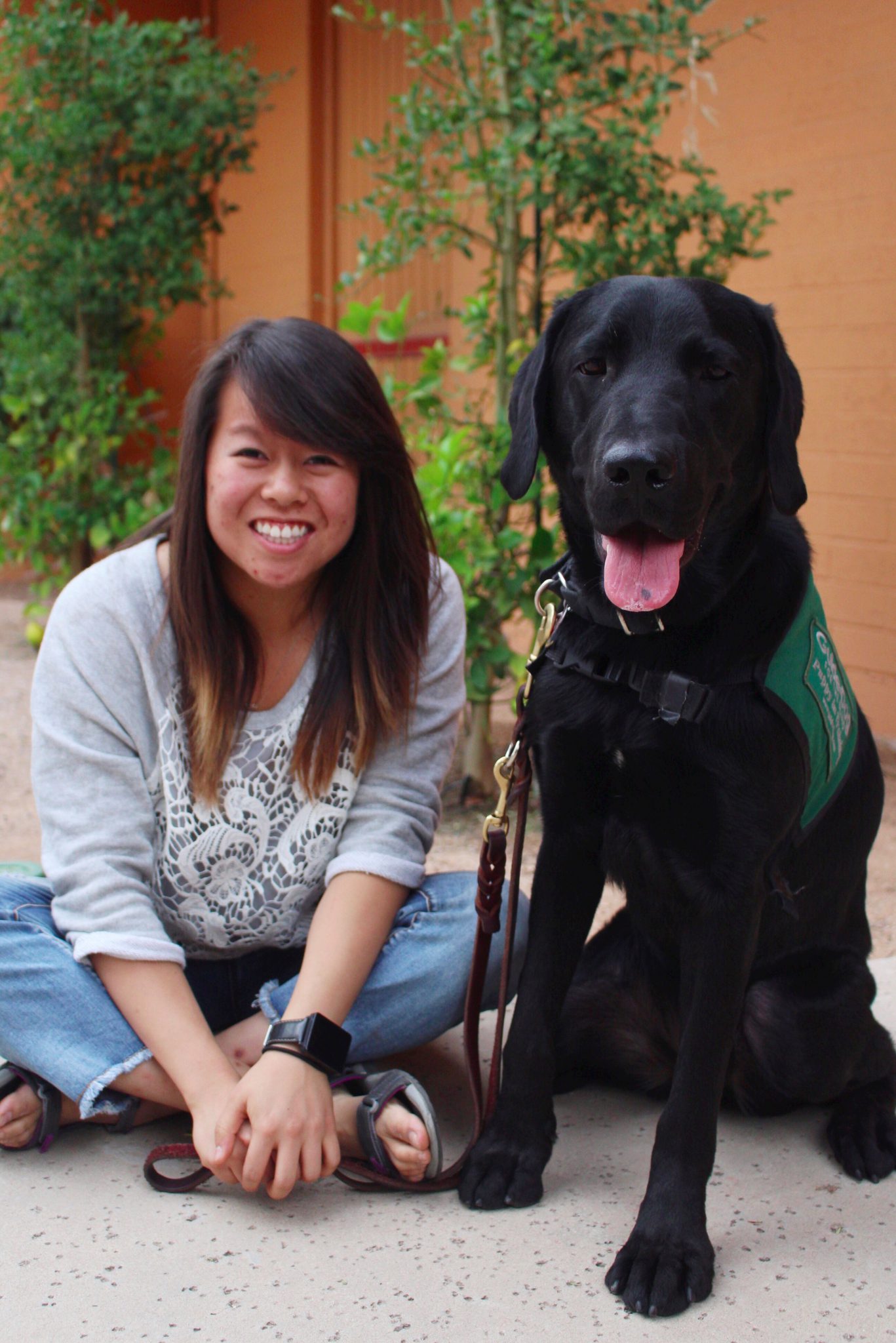 In March 2014, Lindsey Chew, a senior at Hamilton High School in Chandler with dreams of becoming a physician, learned that she had been offered the Flinn Scholarship.
In March 2014, Lindsey Chew, a senior at Hamilton High School in Chandler with dreams of becoming a physician, learned that she had been offered the Flinn Scholarship.
Over the next four years, her undergraduate experience at the University of Arizona unfolded in ways that she could hardly have imagined, as her academic studies in neuroscience and cognitive science were supplemented with extensive research experience.
In July 2018, she will take her next step, entering Duke University School of Medicine’s Medical Scientist Training Program, where she will pursue an M.D./Ph.D. After completing her studies, she aims to join a school of medicine’s faculty and focus on clinical ophthalmology alongside vision-oriented research.
By Lindsey Chew
2014 Flinn Scholar
Sometimes, the best gifts come in small packages. My first small package was a neuron.
I met this micron-sized marvel in a neuropharmacology lab at the University of Arizona, where, from the moment I started, I was immediately immersed in science, going from training straight to my own mini-projects in drug discovery. In the months and years that followed, after learning to assess neural function and ask probing biological questions, I gained many opportunities to meaningfully contribute as a scholar and scientist. Manifestations of my engagement include publishing as first or co-author eight times, presenting at international conferences, and most recently, meeting with Congressional representatives to discuss my research on non-opioid-related pain treatments.
An outcome of my introduction to research was an invitation to support Regulonix, a drug-discovery startup firm focused on novel pain therapeutics, where I was given the opportunity to participate in the National Science Foundation’s Innovation Corps program alongside Regulonix’s scientific founder, Dr. Rajesh Khanna, Professor in the Department of Pharmacology at the University of Arizona College of Medicine-Tucson. This experience of the longitudinal nature of translating science into medicine gave me new appreciation for entrepreneurship and its power in bringing ideas to market. I have now been fortunate to see multiple experimental ideas traverse the bench-to-bedside arc and develop from hypotheticals to concrete treatment options for patients.
In light of my industry experience, my work as an emergency-department clinical research assistant, enrolling qualified patients in clinical trials, took on a new meaning. I gained deeper appreciation for the impact of innovative translational research coupled with clinical medicine, and I began to see that I might accomplish both as a physician-scientist.
Another small package—another gift—was Juan, a wiggly young Labrador Retriever.
Juan was a seeing-guide-dog-in-training. I became his companion, both on- and off-campus, at work and at play. Juan joined me in his training jacket and with his tail wagging as we met students at Arizona’s School for the Deaf and Blind. He made all of UA his home, and there we offered finals-week puppy therapy for undergrads, visited hospital patients, and attended game days to raise awareness at the university of the visually impaired community and how future guide dogs like Juan learn their craft.
Juan raised my awareness, too, about the subtler aspects of the interplay of basic science and clinical medicine—including how the sequence often moves through personal relationships from bedside to bench, with patient needs driving science.
When I review the past four years, I see how oblivious I was about academia and basic science when I began my pursuit of a career in clinical medicine. But that has changed with the immersions I’ve been fortunate to experience. Curiosity has replaced ignorance as my awareness and interest in biological questions driving drug discovery, physiological function, and dysfunction have grown.
Science is infinite. And the prospect of a lifetime of learning contributes to its allure. Building on my undergraduate experience, I hope to share in both developing and bringing patients new clinical solutions. As I prepare to head to graduate school this summer, my desire to join the vanguard of physician-scientists continues to grow—from the size of a neuron, to the size of a puppy, to the size of my future.
Read more about our Flinn Scholars